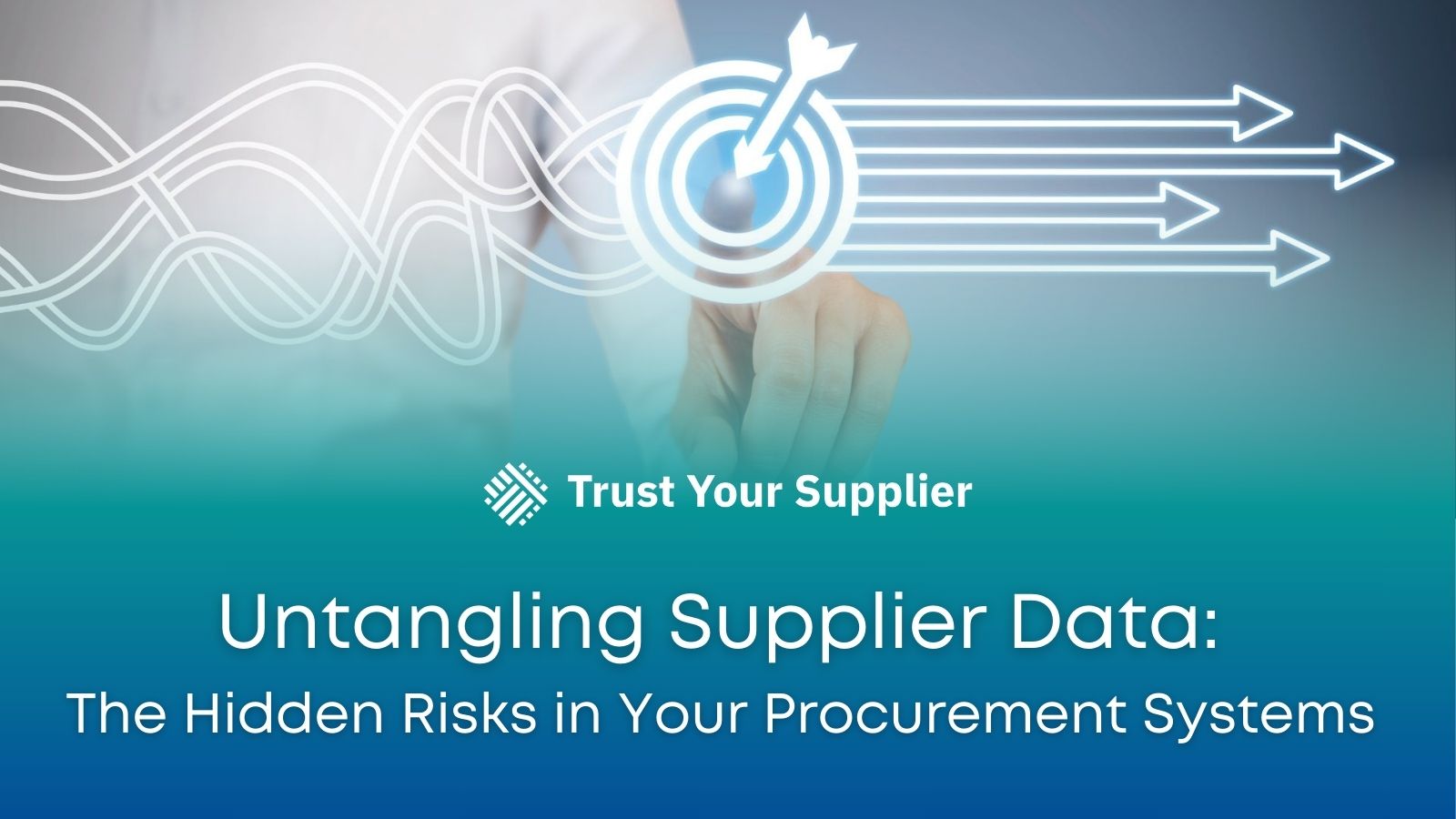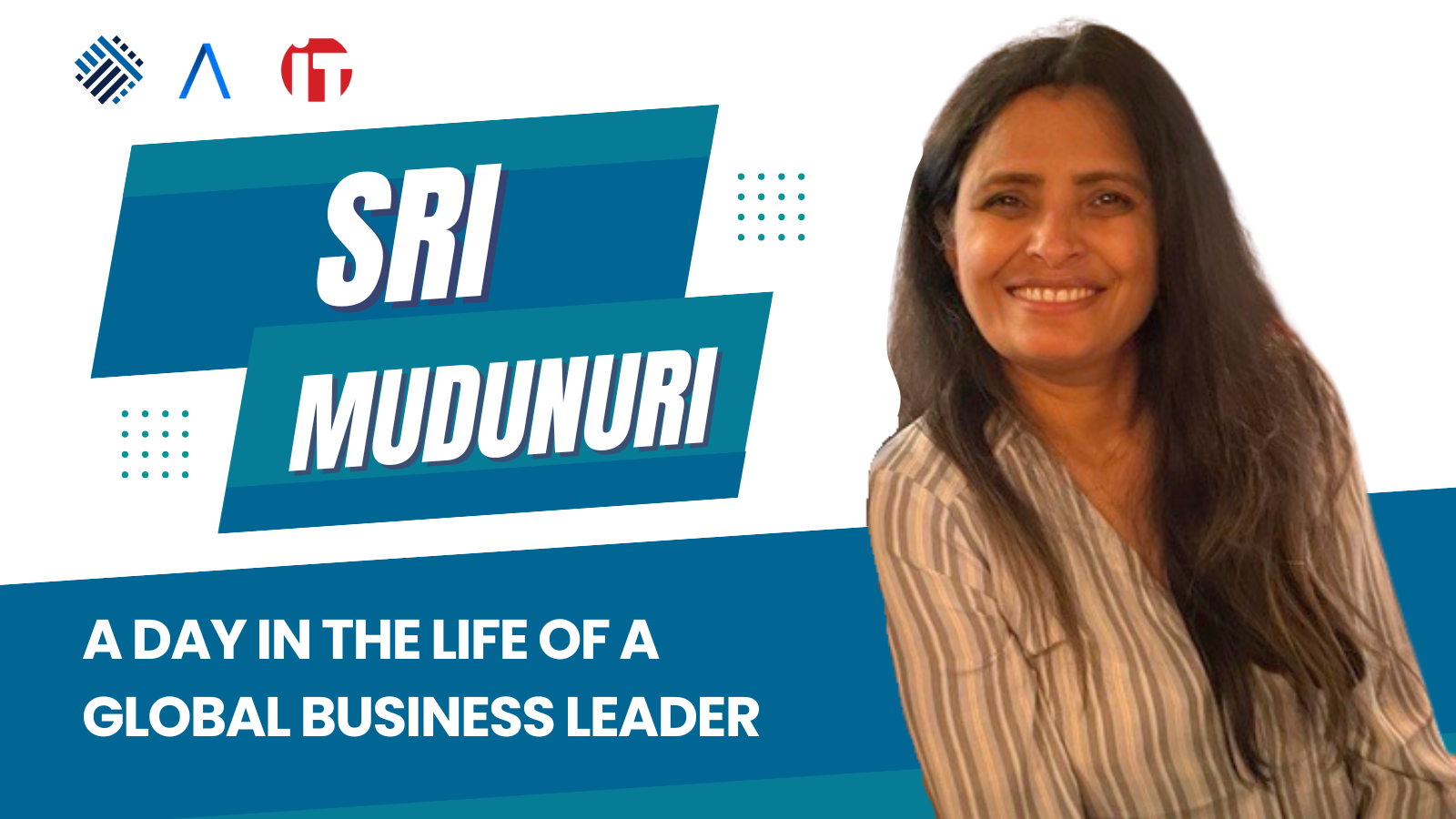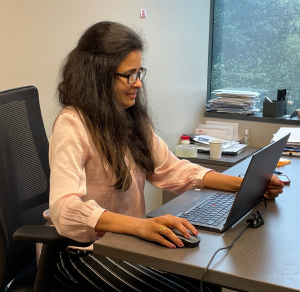The Problem: Disconnected Supplier Data
Many organizations believe their procurement and supplier management processes are working smoothly—until they take a closer look. Procurement leaders often rely on multiple systems, such as ERP platforms, risk intelligence providers, and supplier management tools, each handling a different piece of the supplier lifecycle. While these systems may function well in isolation, the lack of integration creates data silos, inefficiencies, and risks that can go unnoticed until a disruption occurs.
Imagine this common scenario: A procurement leader insists their internal systems manage supplier data effectively. But when asked where banking validation occurs, they reference their ERP. Supplier onboarding? That happens in a separate workflow tool. Risk profiling? That data sits in multiple third-party solutions that offer no integrated view. And ongoing supplier updates? Those are rarely monitored in real-time and often are updated only at contract renewal.
This disconnected approach leads to manual data entry, duplicate records, and outdated information—all of which expose businesses to financial, operational, and reputational risk.
The Hidden Costs of Dirty Data
Supplier data inconsistencies may seem like only an administrative headache, but they can also have significant financial implications. Consider these risks:
- Compliance Failures: Outdated supplier information can lead to non-compliance with regulations such as DORA, SCDDA, and ESG mandates, resulting in fines and legal action.
- Fraud & Payment Errors: Manually entered bank details increase the risk of fraud and payment misdirection.
- Operational Bottlenecks: A lack of real-time updates causes delays in supplier vetting, onboarding, and risk assessment, slowing down procurement cycles.
- Missed Risk Signals: Without a unified view, businesses may overlook financial instability, sanctions, or cybersecurity vulnerabilities in their supplier base.
The Business Case for a Centralized Supplier Data Solution
Procurement leaders facing resource constraints and growing regulatory complexity need a better way to manage supplier data. A centralized, integrated approach—like the one offered by Trust Your Supplier (TYS)—eliminates data silos, ensuring that supplier information is accurate, up-to-date, and easily accessible.
With TYS, organizations can:
- Automate Supplier Onboarding & Updates: Streamline data validation and risk profiling across multiple sources. TYS integrates with multiple risk data providers, allowing you to seamlessly bring 3rd party risk analysis and insights into the platform.
- Ensure Compliance & Reduce Risk: Maintain up-to-date supplier information to align with regulatory requirements. TYS’ Connect allows suppliers to securely store up-to-date documentation, including validated bank account information, in one place.
- Enhance Decision-Making: Gain a holistic view of supplier risk and performance with real-time insights. Drill down into key data points and access supplier profiles directly from dynamic reports.
- Reduce Costs & Improve Efficiency: Minimize manual work, reduce errors using TYS’s intelligent workflow modeling to accelerate procurement cycles and leading to measurable ROI.
In today’s volatile business environment—where geopolitical risks, cyber threats, and supply chain disruptions are increasing—accurate supplier data is not just a convenience, but a necessity. Companies investing in a comprehensive supplier management solution like TYS gain not only operational efficiencies but also a competitive advantage. By eliminating data chaos and ensuring real-time visibility, procurement teams can make faster, smarter decisions that protect their business and drive long-term value.
The question isn’t whether businesses can afford to centralize supplier data—it’s whether they can afford not to.
Next Read: Avoiding Supplier Blind Spots
Think your supplier data is under control? Hidden risks often reveal themselves at the worst possible moment. In our follow-up blog, we walk through real-world scenarios that show how unified data helps procurement teams stay ahead of disruptions. Read: Avoiding Supplier Blind Spots




